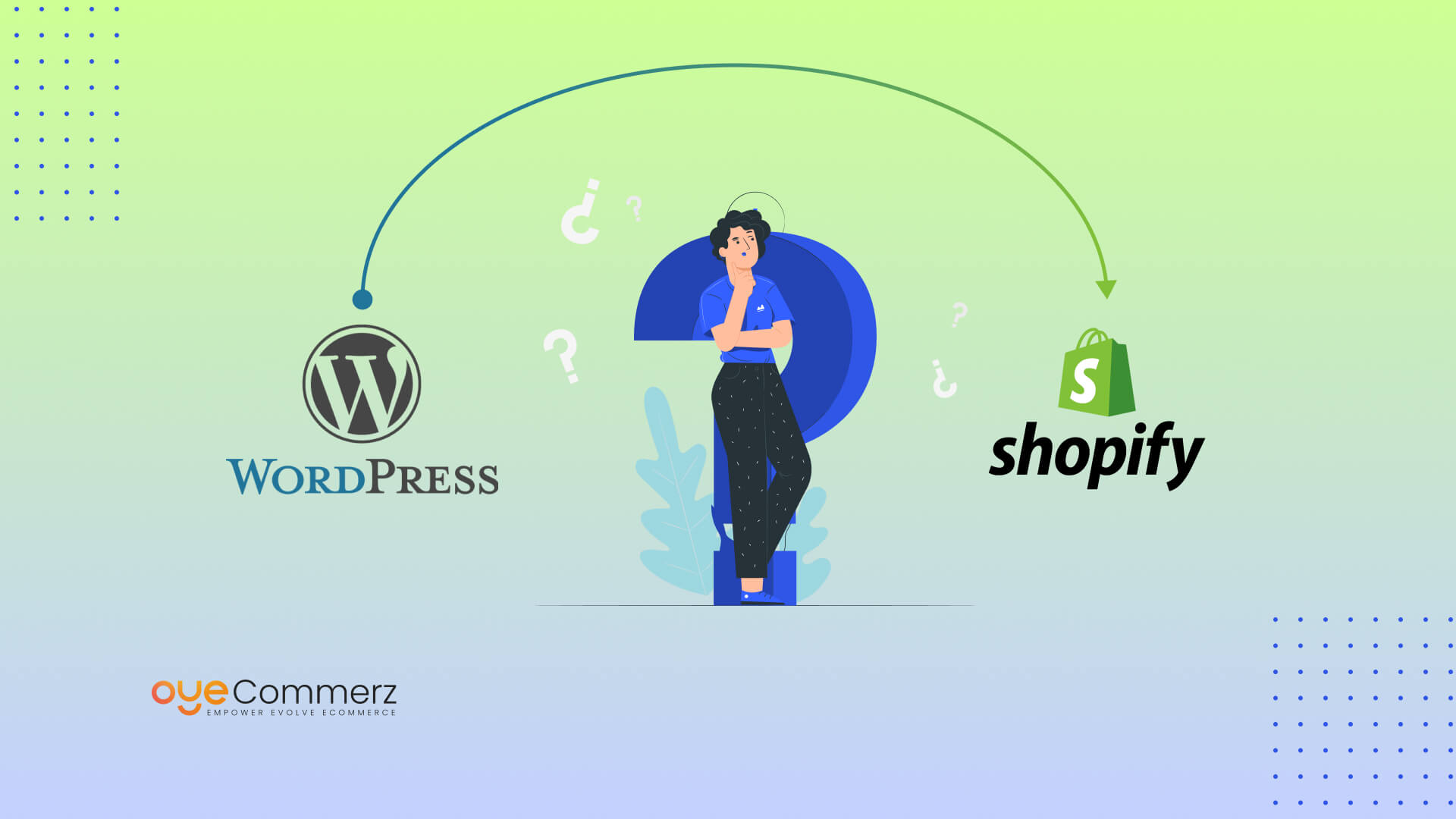Transitioning from WordPress to Shopify marks an exciting step in optimizing your e-commerce processes. As companies grow, selecting a platform that aligns with scalability, user experience, and customization becomes crucial. Shopify is widely recognized as a favorite for online merchants, providing unmatched flexibility, data protection, and ease of use. In this guide, we will delve into why this migration is a game-changer, discuss the benefits, and share actionable steps to ensure a smooth transition.
1. Why Switch from WP to Shopify?
WordPress, paired with WooCommerce, has served countless online stores. However, as companies scale, issues like reliance on plugins, data risks, and complex setups often obstruct progress. Shopify, designed explicitly for e-commerce, addresses these issues with an comprehensive, intuitive solution. Real data back this shift—Shopify hosts over 4.4 million stores worldwide, with a documented 10% increase in sales performance for many businesses after migration.
2. Shopify's Perks for Thriving Online Stores
Shopify’s robust ecosystem caters for expanding brands. Its notable features include:
- Seamless Customization: Shopify provides over 80 expertly crafted themes.
- Integrated Tools: Features like Shopify Payments and integrated SEO streamline operations.
- International Expansion: Currency versatility and regional customization enable brands to expand internationally.
Additionally, Shopify boasts an availability percentage of 99.98%, ensuring your store remains accessible.
3. Getting Ready for Your WP-to-Shopify Transition
Prior to starting the migration process, assess your current store. Review inventory details, customer details, and search engine rankings. Tools like Shopify’s Migration Kit or third-party solutions can simplify this process. Develop a detailed strategy, ensuring all resources—item details, media files, and articles—are ready for seamless import.
4. Data Migration: A Critical Step
Data migration is a cornerstone of a successful platform switch. When migrating from WP to Shopify, focus on:
- Product Information: SKU, descriptions, and groupings.
- Client Information: Emails, order history, and preferences.
- Search Engine Considerations: Retain meta tags, URLs, and redirects to maintain search rankings.
Use tools such as LitExtension to facilitate seamless migration while reducing mistakes.
5. Tailoring Your Shopify Store to Fit Your Brand
After the move, customizing your Shopify store ensures it reflects your brand. Take advantage of Shopify’s intuitive page builder to create layouts with ease. Shopify's themes are optimized for all devices, providing a seamless UX across platforms—a critical factor, given 74% of e-commerce traffic is generated by mobile users.
6. Maintaining SEO During Migration
Search engine optimization is crucial for preserving your visibility during migration. Shopify is Shopify migration services highly optimized for search engines with clean URL structures, built-in optimization tools, and smooth content management. Ensure:
- Set up URL forwarding for old URLs.
- Enhance updated content with keyword-rich content.
- Leverage plugins like Plug in SEO to monitor performance post-migration.
7. Essential Tests After Migrating to Shopify
After finishing the transfer, run detailed checks.
Check: - Page load times (Shopify delivers faster speeds in contrast with WordPress).
- Payment integration reliability and checkout processes.
- Mobile responsiveness.
Quality assurance ensures your store delivers a seamless shopping experience from day one.
8. Case Study of a Successful Migration
One such migration success story is Gymshark, a sportswear company that moved to Shopify. After the switch, the company saw a 60% boost in mobile sales and significantly lowered site downtime. This showcases the capabilities of Shopify in enhancing e-commerce growth.
9. Overcoming Common Migration Issues
Migration comes with challenges, such as information accuracy and adjusting tailored features. However, Shopify’s extensive assistance and external professionals simplify the process. Partnering with qualified Shopify developers helps guarantee a trouble-free transition.
10. Starting Your Journey with Shopify
Switching from WordPress to Shopify represents a forward-thinking approach to e-commerce. By addressing scalability, simplifying management, and enhancing the customer experience, Shopify empowers businesses to succeed in challenging industries.
Conclusion
Transitioning from WordPress to Shopify is a strategic move that can greatly enhance your e-commerce success. With a robust migration plan, the appropriate resources, and professional guidance, you can achieve new success milestones.
Ready to make the leap? Reach out today to learn Shopify cart migration how our Shopify migration services can transform your online store. Get in touch today, or ask yourself: Is it time to seize Shopify’s advantages for your store?
